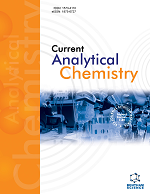
Full text loading...
We use cookies to track usage and preferences.I Understand

Surface-Enhanced Raman Scattering (SERS) spectroscopy, as a novel rapid detection technology, offers molecular fingerprinting capabilities that achieve trace-level detection. The key to optimizing SERS sensitivity and reliability lies in the precise control of the nanostructures of SERS substrates. Nature, through billions of years of evolution, has served as a masterful creator, developing organisms with remarkable abilities based on micro/nanostructures, such as the superhydrophobicity of lotus leaves and the strong adhesive forces of gecko feet. This review categorizes the recent developments in SERS substrates inspired by natural materials into three main types: plant-based, animal-based, and virus-based. Each category is explored in detail, describing how their unique nanoarchitectures inspire the development of highly sensitive SERS substrates, along with their fabrication methods and applications in analytical science. Additionally, the review identifies current challenges, such as the uniformity and scalability of naturally inspired SERS substrates and suggests future directions, including the integration of hybrid biomimetic structures and advanced manufacturing techniques. By fostering a deeper understanding of these nature-inspired materials, we aim to enhance the practical application of SERS in analytical science in the future.

Article metrics loading...

Full text loading...
References


Data & Media loading...